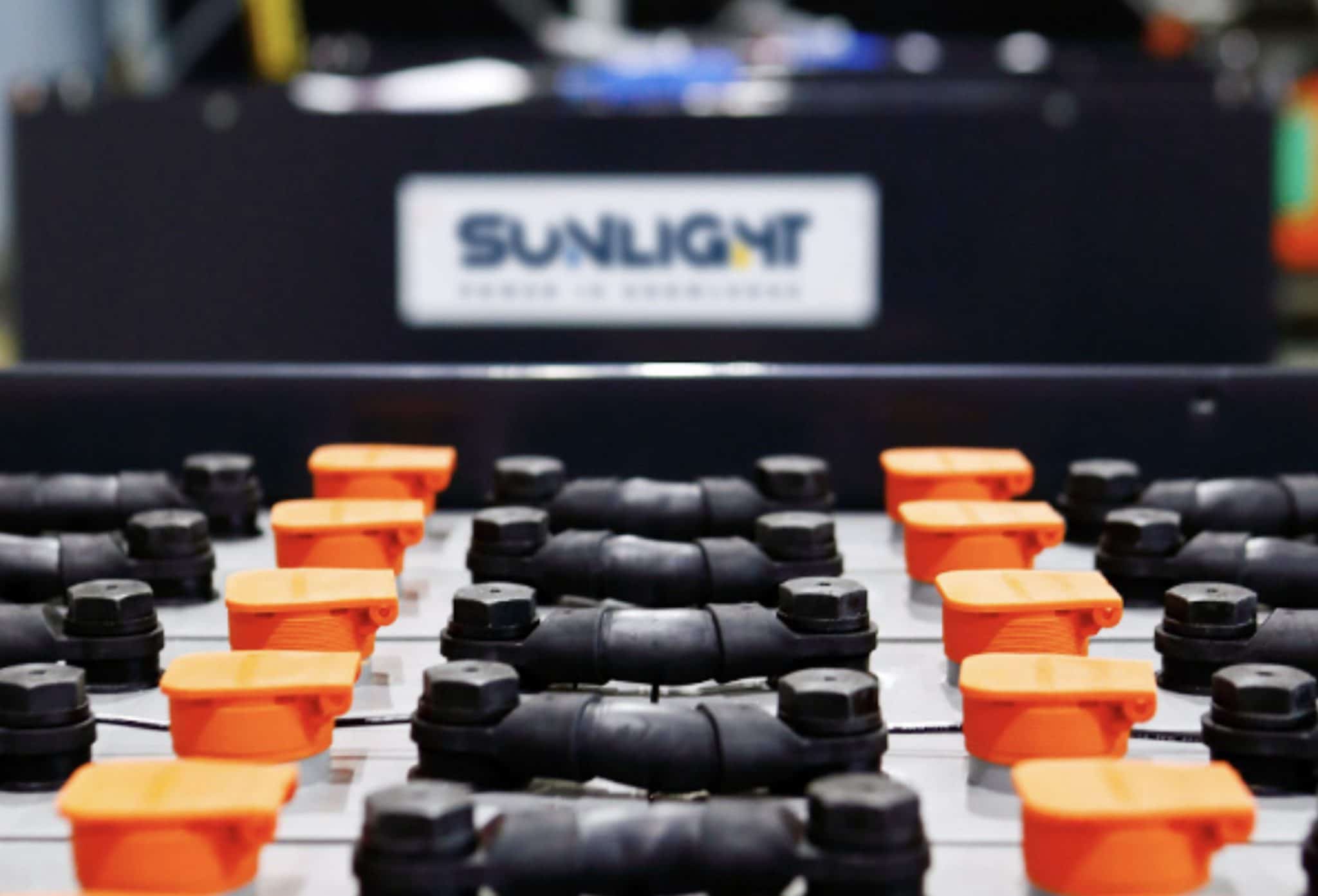In the summer of 2020 US governments’ clear his intention to direct $2tn of investment for clean energy infrastructure and other climate solutions, to be spent “as quickly as possible” during his first term.
The International Energy Agency (IEA) executive director Fatih Birol said this mandate, which is targeting decarbonisation of US power generation by 2035, could bring forward the point at which renewables become the biggest global power source to 2022/2023 instead of previous IEA forecasts of 2025.
How successful will this strategy be in action it remains to be seen. However latest market analysis from Wood Mackenzie and the Energy Storage Association’s (ESA) suggests the energy storage momentum in the US is in an upward trajectory.
As the latest ’US Energy Storage Monitor’states, 476MW of storage was deployed across the US in the third quarter of 2020, a huge 240% increase over the previous quarter.
“The signs are pointing toward an unprecedented increase in energy storage in the coming months,” ESA chief executive Kelly Speakes-Backman said.
In many US states building new solar or wind farms is cheaper than building fossil fuel-based generation plants, but as increasing levels of variable generation can impact grid stability and state regulators are recognising the value that solutions such as battery storage can provide.
Recent examples include Arizona Corporation Commission, which has voted in favour of rules that include a 5% peak load energy storage target, as well as programmes designed to compensate storage owners for the value their systems provide, such as more grid flexibility and resilience.
The trend for co-locating solar and storage continues unabated in the US. The combined pipeline of operational hybrid facilities and projects in development exceeds 19GW (4.6GW installed and 14.7GW in the immediate development pipeline), according to a recent Department of Energy-backed study by Lawrence Berkeley National Laboratory.
The paper’s authors found that co-locating batteries with variable renewable generation offers a “significant potential value premium” in wholesale markets and that in some cases additional revenues from adding a four-hour battery to solar can exceed additional costs.
But for the country to fully optimise build-out of renewable generation, in order to meet the incoming president’s big ambitions for making clean energy and infrastructure a central pillar of future growth, policy is crucial. In December the ESA published its wish list of energy storage-friendly policy recommendations, aimed at the new presidency, which will help promote the domestic energy storage supply chain, enable electric system resilience across the entire country and establish market designs that value and compensate flexibility, while helping to create up to 125,000 jobs.
Having just shipped the first battery from our newly opened North Carolina plant, Sunlight is looking forward to playing a part in the US energy transition, as enablers for low carbon energy.
